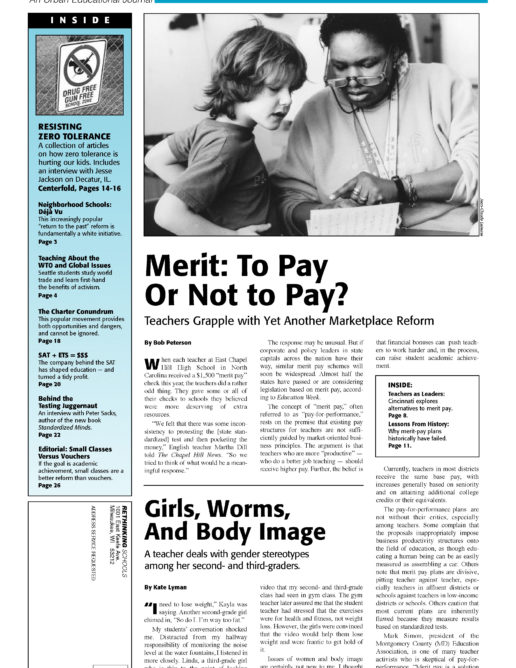Preview of Article:
Lessons from History
Attempts to model the occupation of teaching on business practices have sometimes ignored the rewards that teachers find most important in their classrooms and in their daily relationships with each other. Outsiders’ campaigns to create competition among teachers for merit pay and to erect career ladders for them have rarely succeeded, for they have been out of alignment with the values and practices of teachers.

